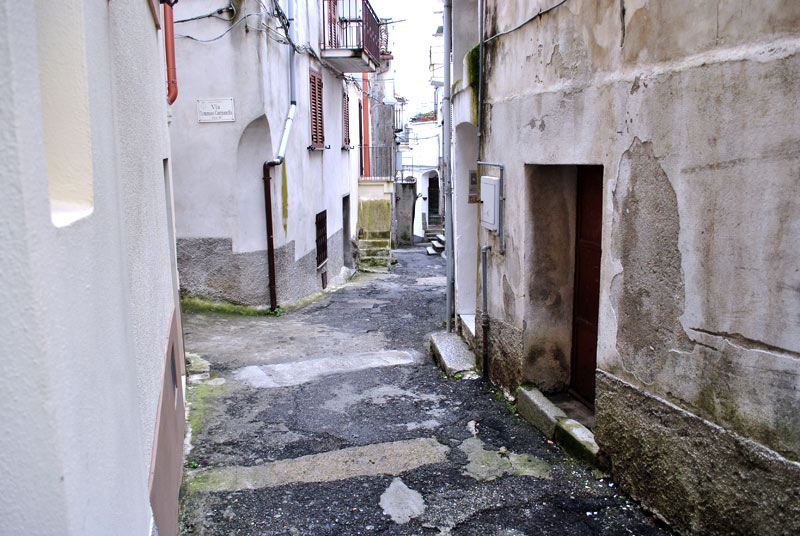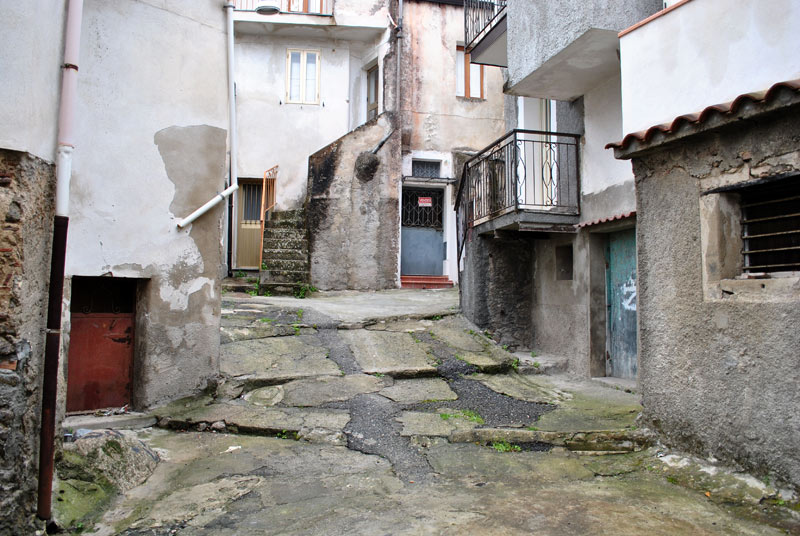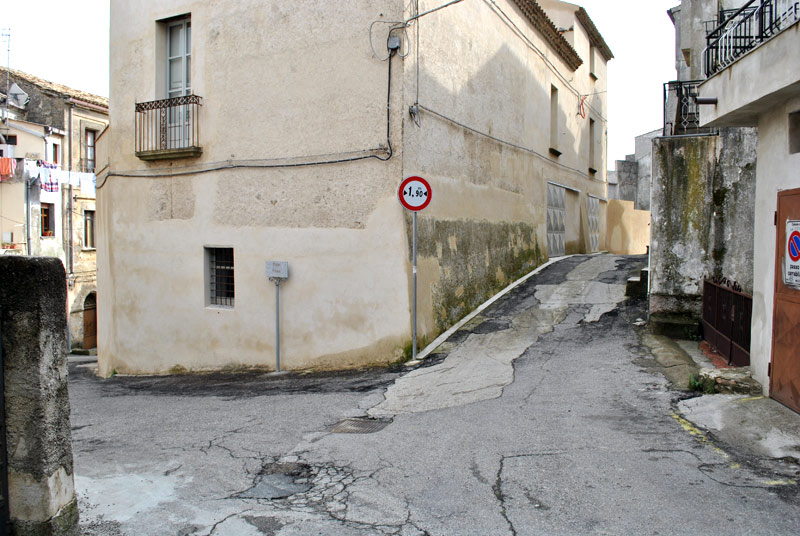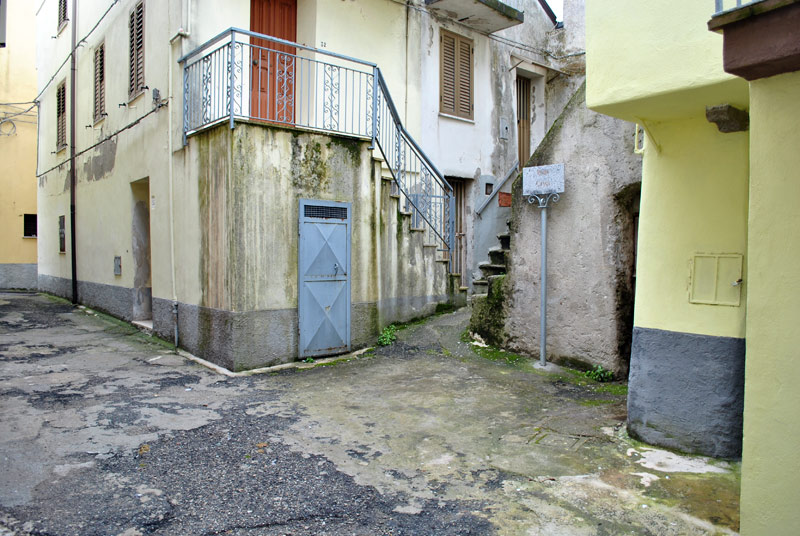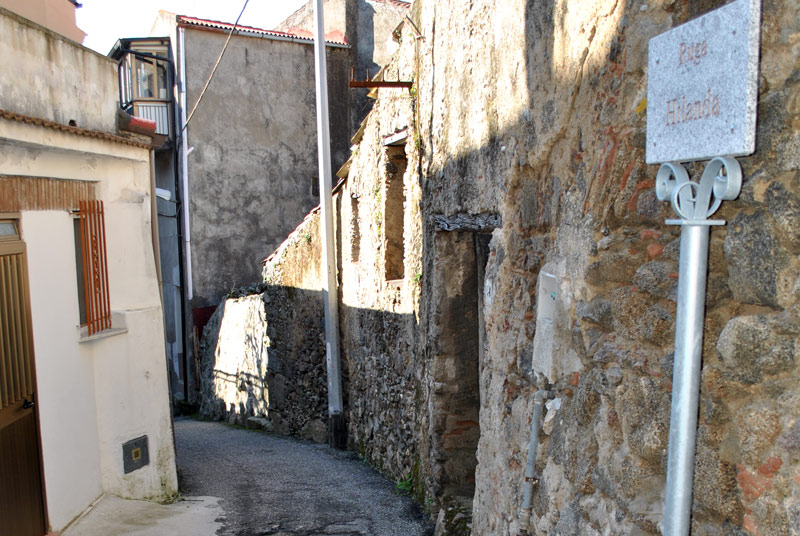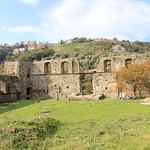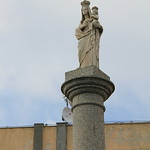
Districts
Chjazza
It is the central square of the town; the heart of the historical center. For a long time place of socialization in all its religious, politics and cultural components… The buildings that define this place, the briquettes made of local stone that pave it, the façade of the Matrix Church and ‘a menzalora that furnishes it, create a warm urban intimacy
Cona
As in other towns, also Gasperina has the district callaed Cona, consequential term from the existence of a votive icon. In the territory of Gasperina there are lots of votive icons, either in the town or in the ancient rural roads. As small and simple architectural structures, they are a strong testimony of the popular religiousness. It is necessary to make a distinction between those drawn in the walls, especially widespread in the historical center of the town, and those made of a single indipendent structure that we find especially in the countries. Icons are not an invention of the Christianity, but they originate from the pagan world. The devotional gesture of the icon was tied to a need of protection and constant relationship with the divinity. Madonnas and saints were companions of trip: people needed to meet them on the road. In the countries, very often, icons are located in a crossroads, as they were used, long time ago, for protecting the territory from the evil; farmers that passed in this place asked protection for theirs and their family health, but also for the prosperity of their fields (cfr. Gregorio Gallello in L’Araldo di Gasperina, anno VI, n. 21, December 2016)
Gaḍuna
It means ravine (cfr. Dictionary of the dialects of Southern Calabria by Joseph Antonio Martin p. 488; and New Dialect Dictionary of Calabria by Gerhard Rohlfs, p. 290). It is the place where in the past and still today meet the meteoric waters coming from the disticts Capucannala, Hilanda, Pateḍà e Peṭṛa ‘e Panghi
Xχioppu
District situated in the low part of the town turned south-west. The term derives from the Greek σκοπέω (scopèo) which means: “I look around, I observe, I watch over.” It was the place of the sentinel, of the lookout that in the antiquity, until after the middle age, every town had to guard its entrance. (cfr. don Innocenzo Lombardo e Mario Voci, “Antichi toponimi di rioni (rughe)”, in L’Araldo di Gasperina, anno V, n. 14, November 2014)
Jiricuccu
A district situated in the low part of the town turned south-west. The toponym Jiricuccu is a composed term derived from the Greek words ιερέυς (ierèus) that means “sacred” and κύκλος (chiùclos) that means “fences”. The central part of the district is located in a such a way to produce a sort of area that remainds to an enclosure. In the antiquity, in the inhabited centers, there could be a sacred enclosure, a place consecrated to the divinity and used for the sacrifices (cfr. don Innocenzo Lombardo e Mario Voci, “Antichi toponimi di rioni (rughe)”, in L’Araldo di Gasperina, anno V, n. 13, July 2014)
Search on map the points of interest and their position.
Find monuments, the commercial activities and the services to the citizen.
Enter in the directory of the places.




